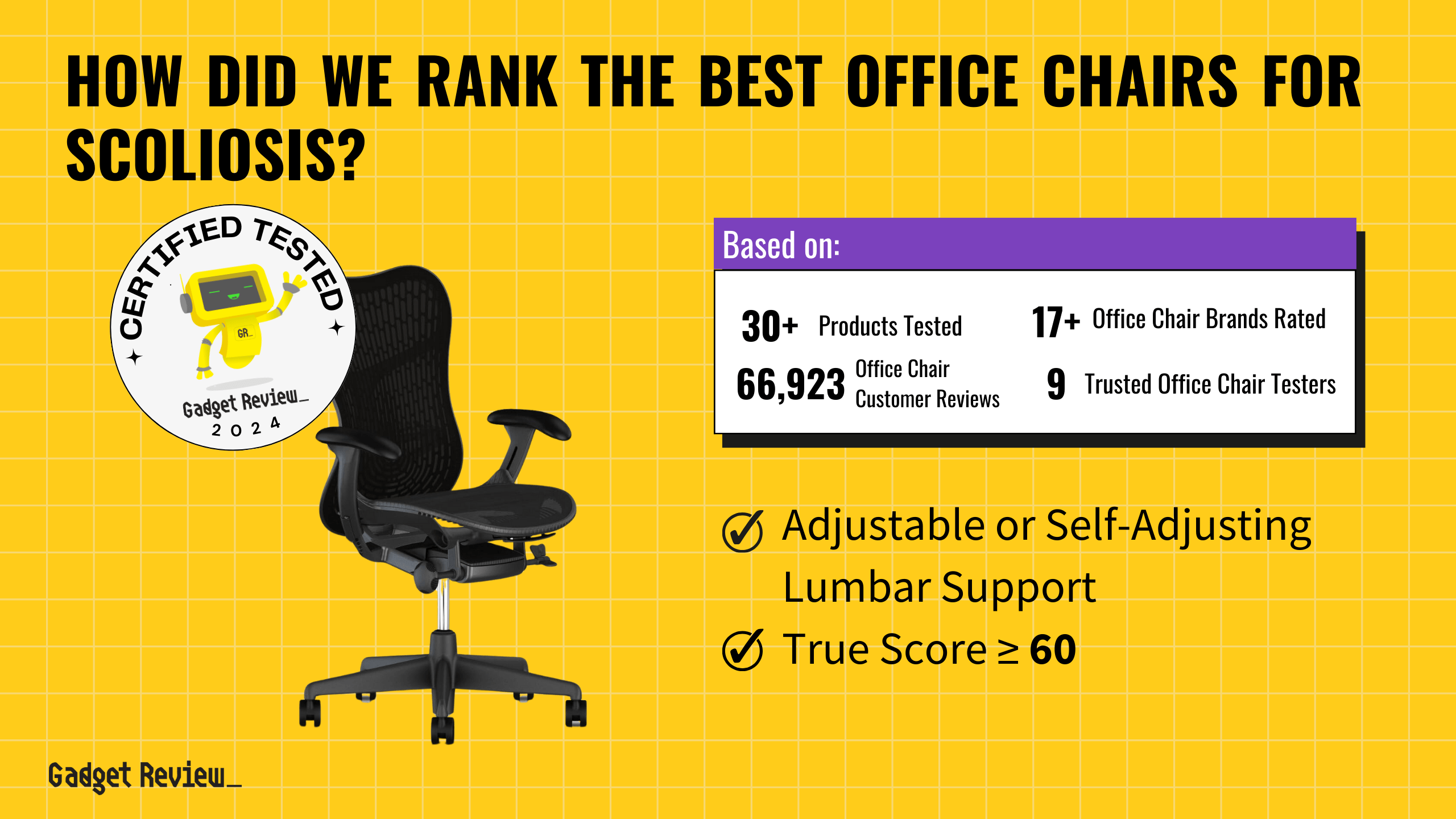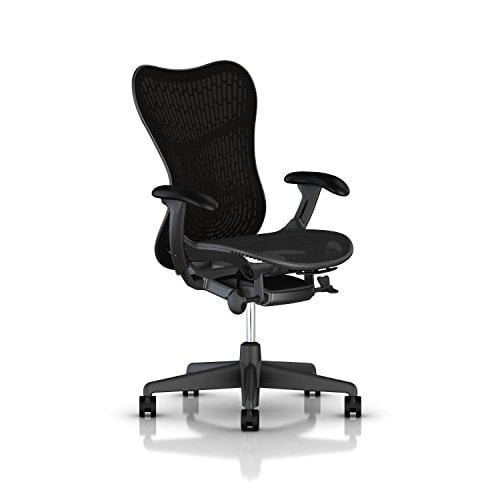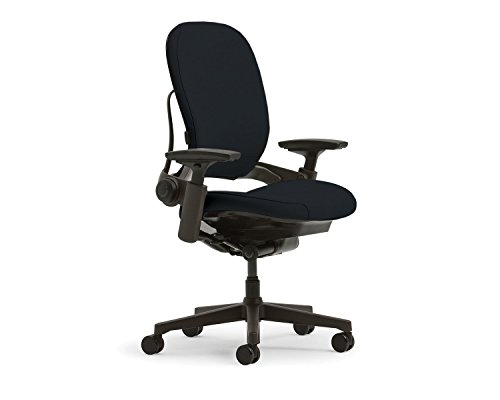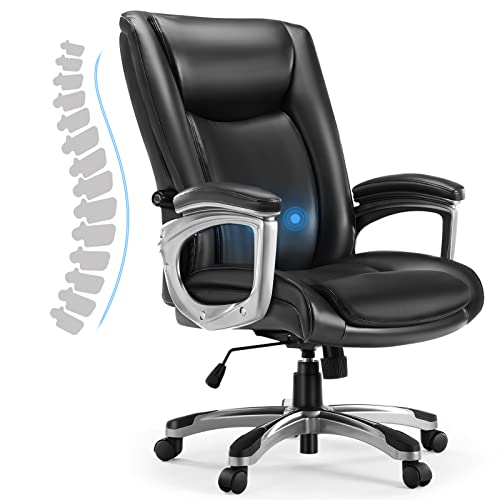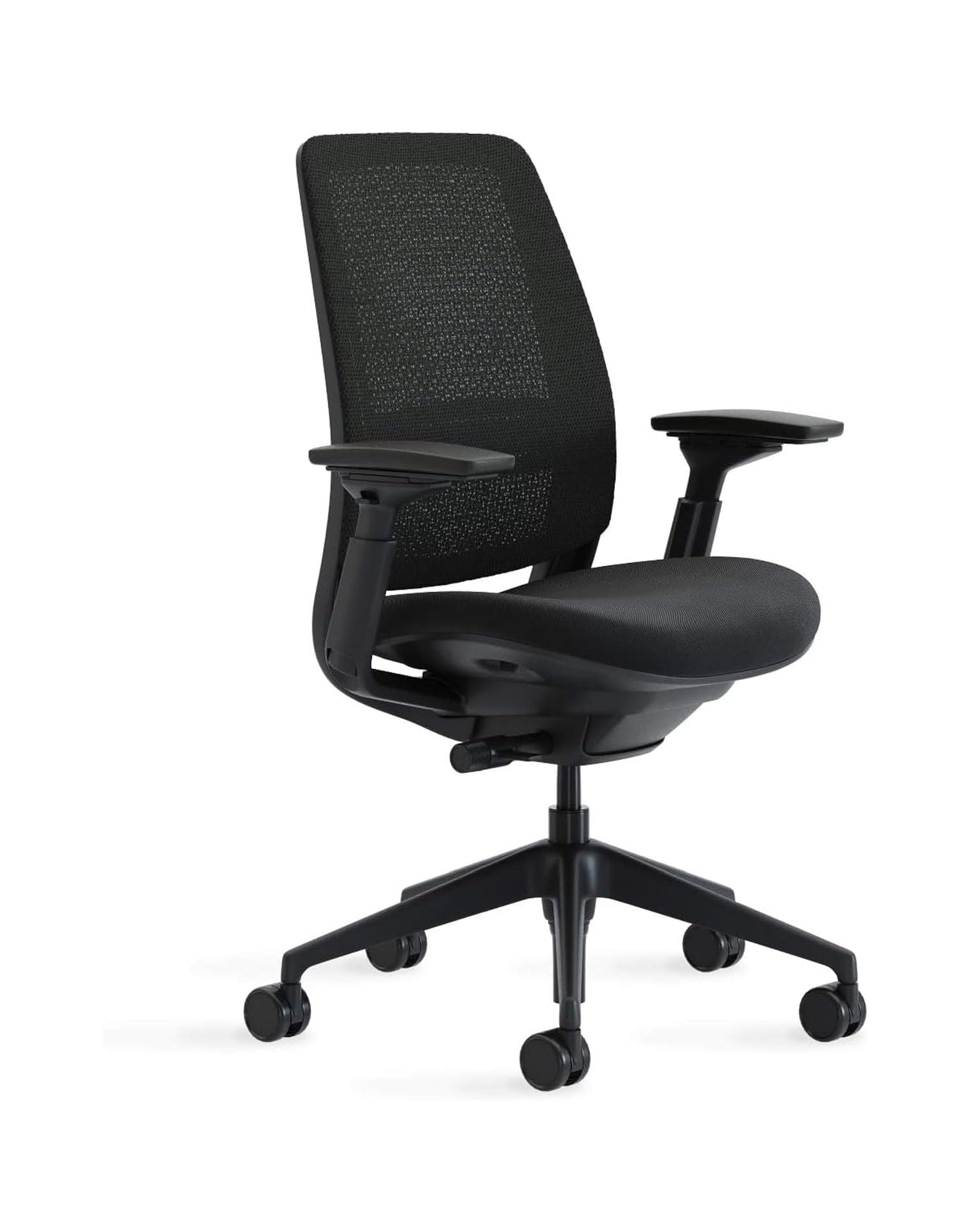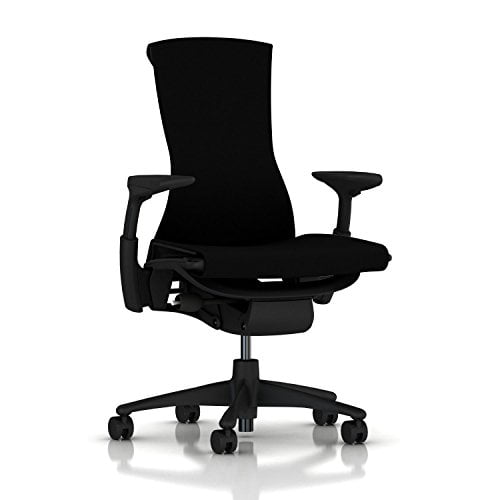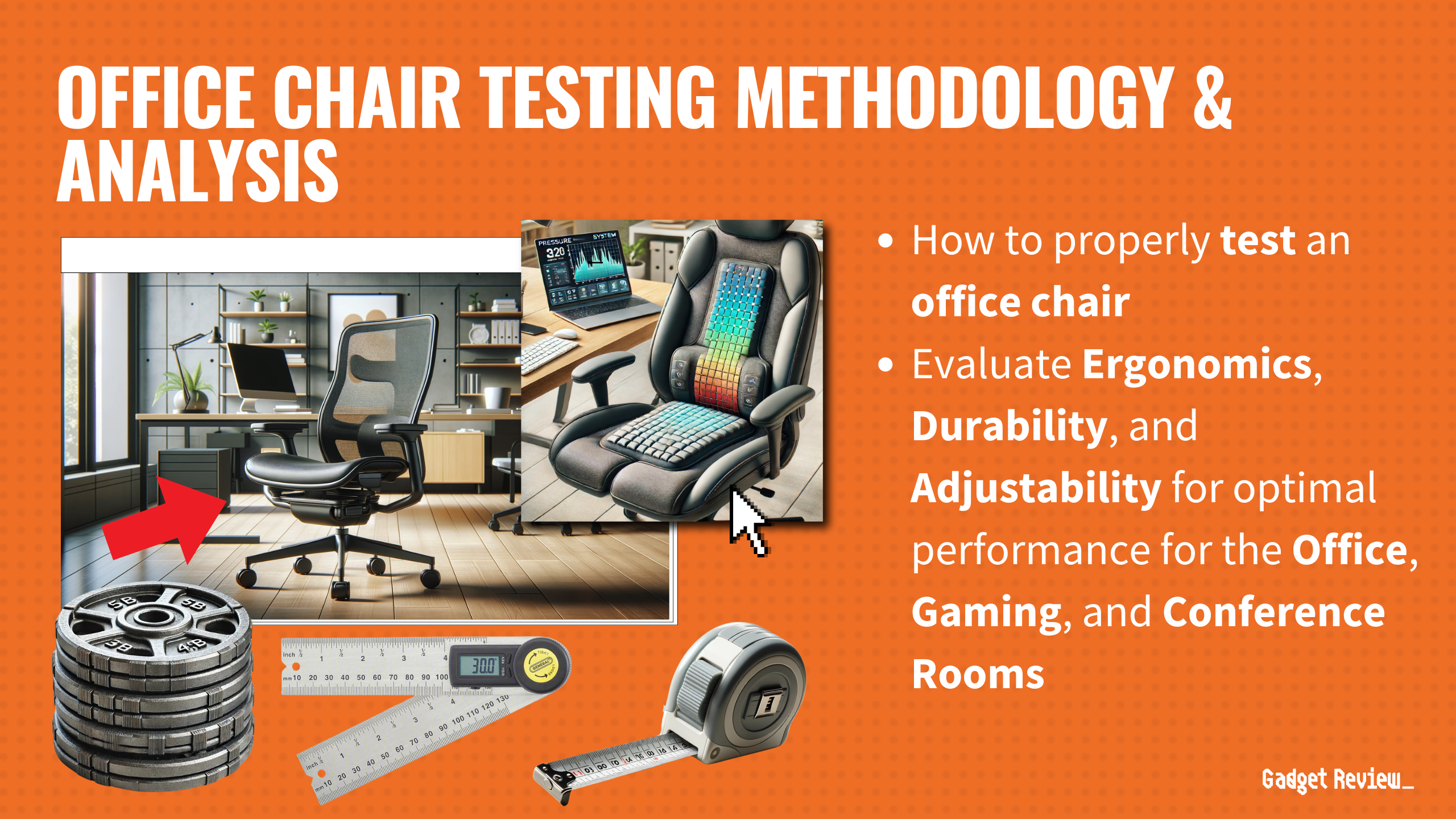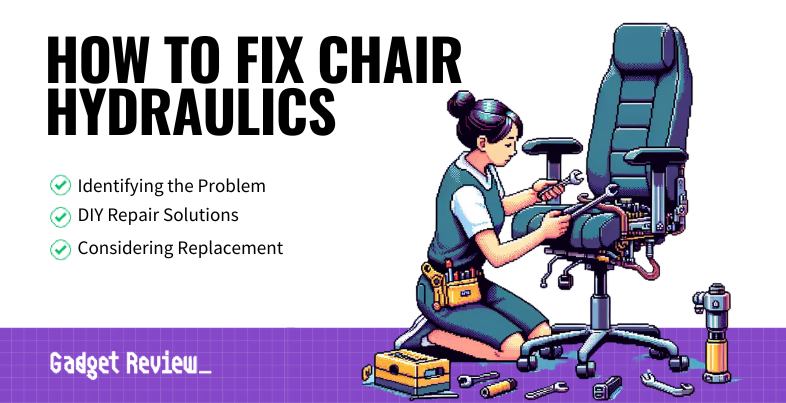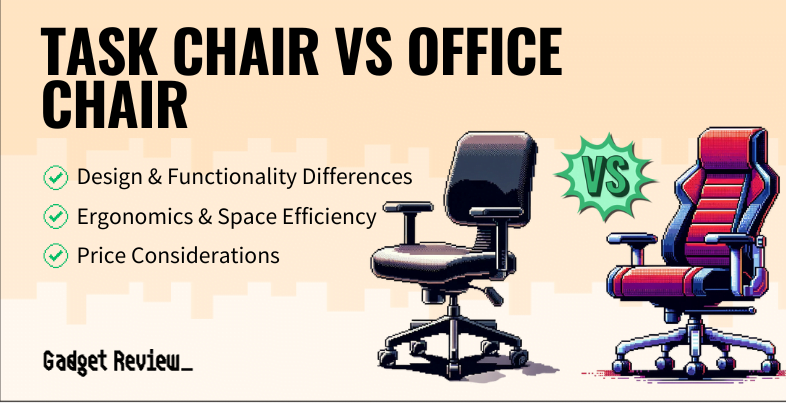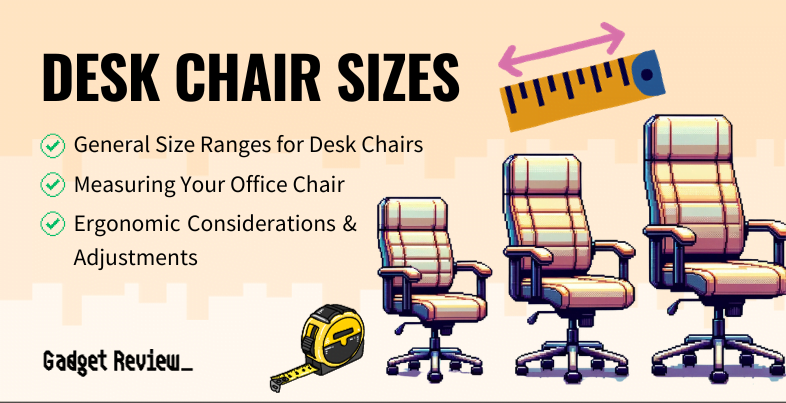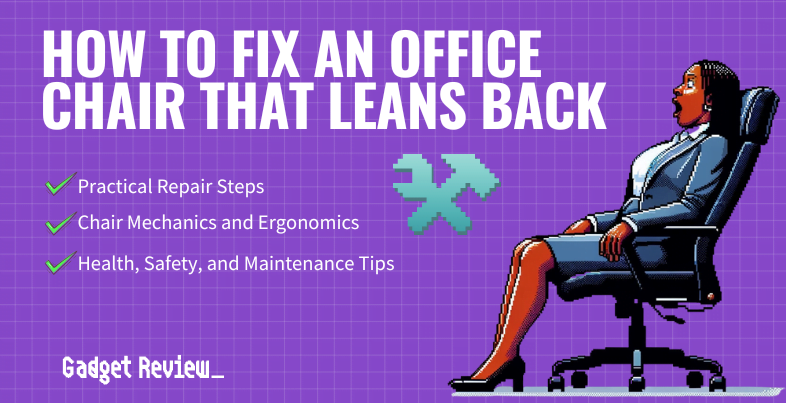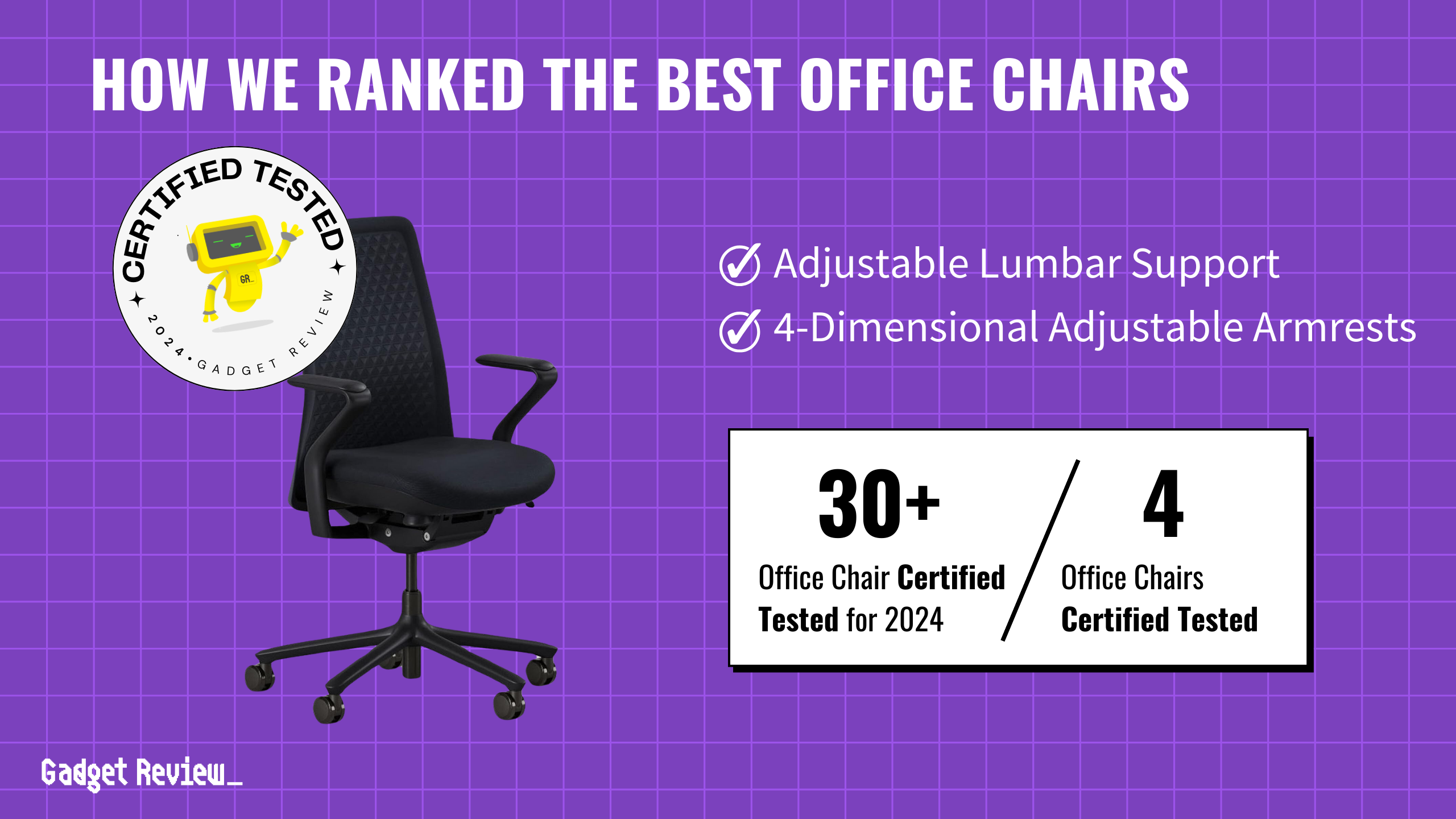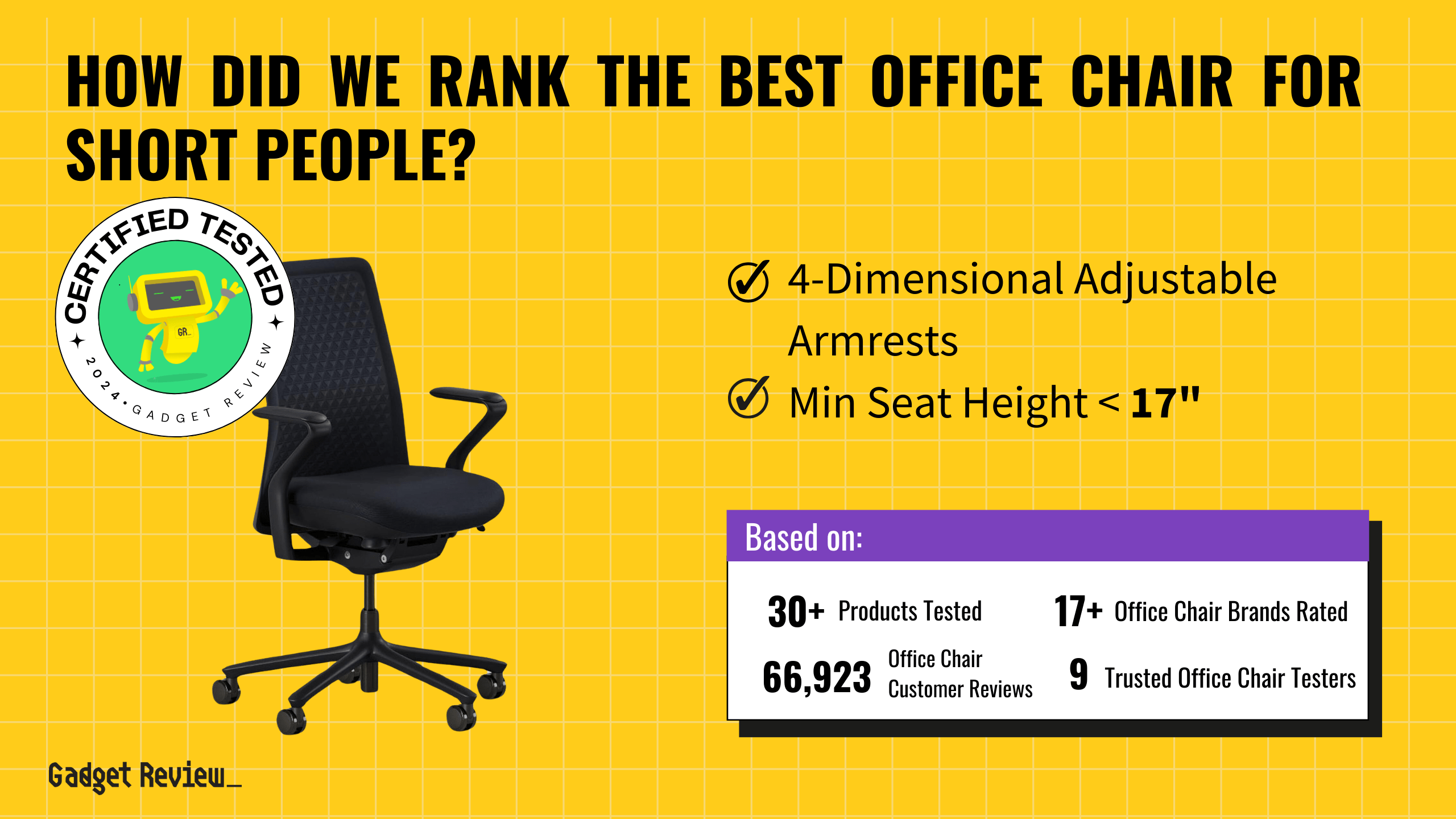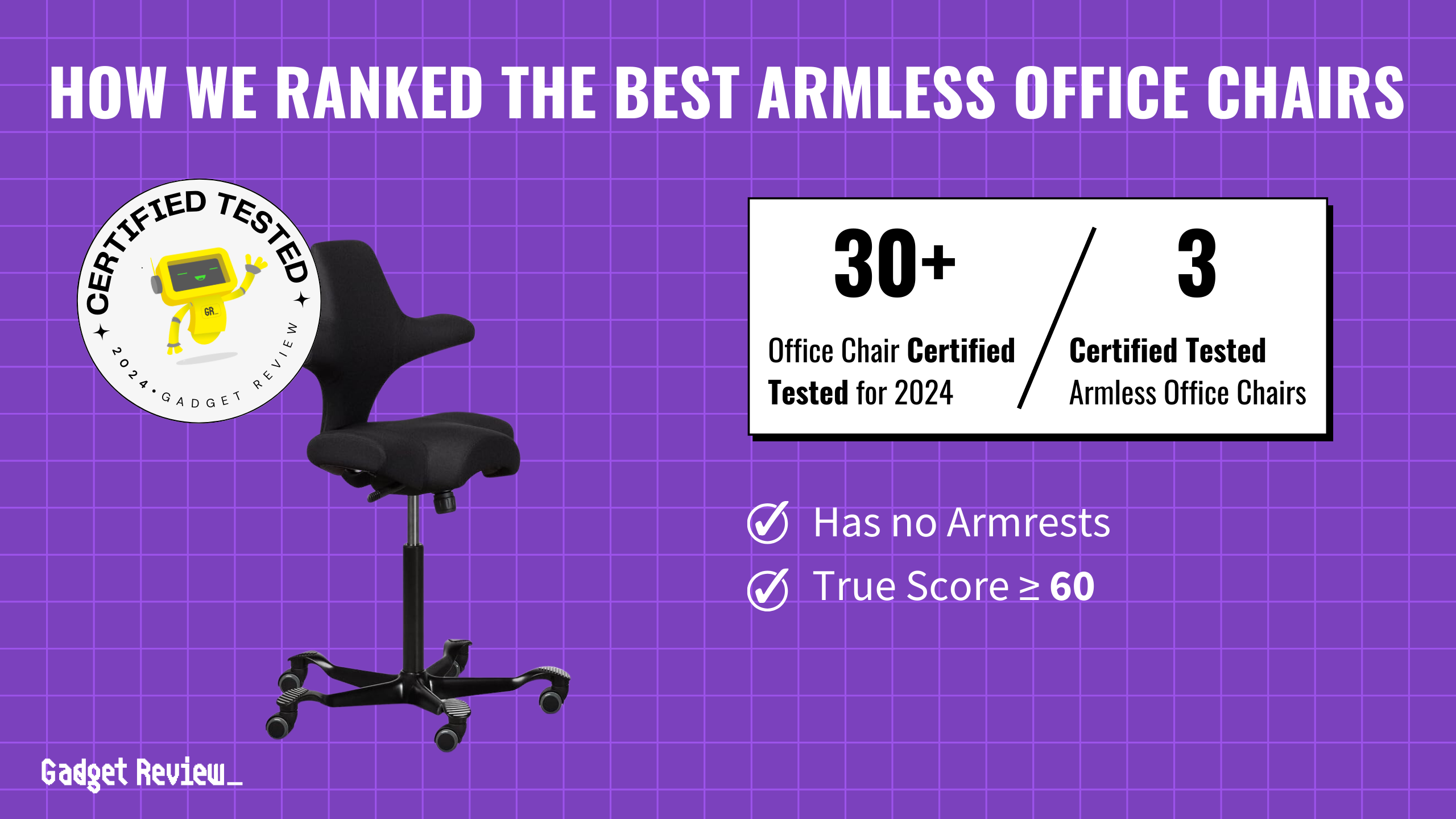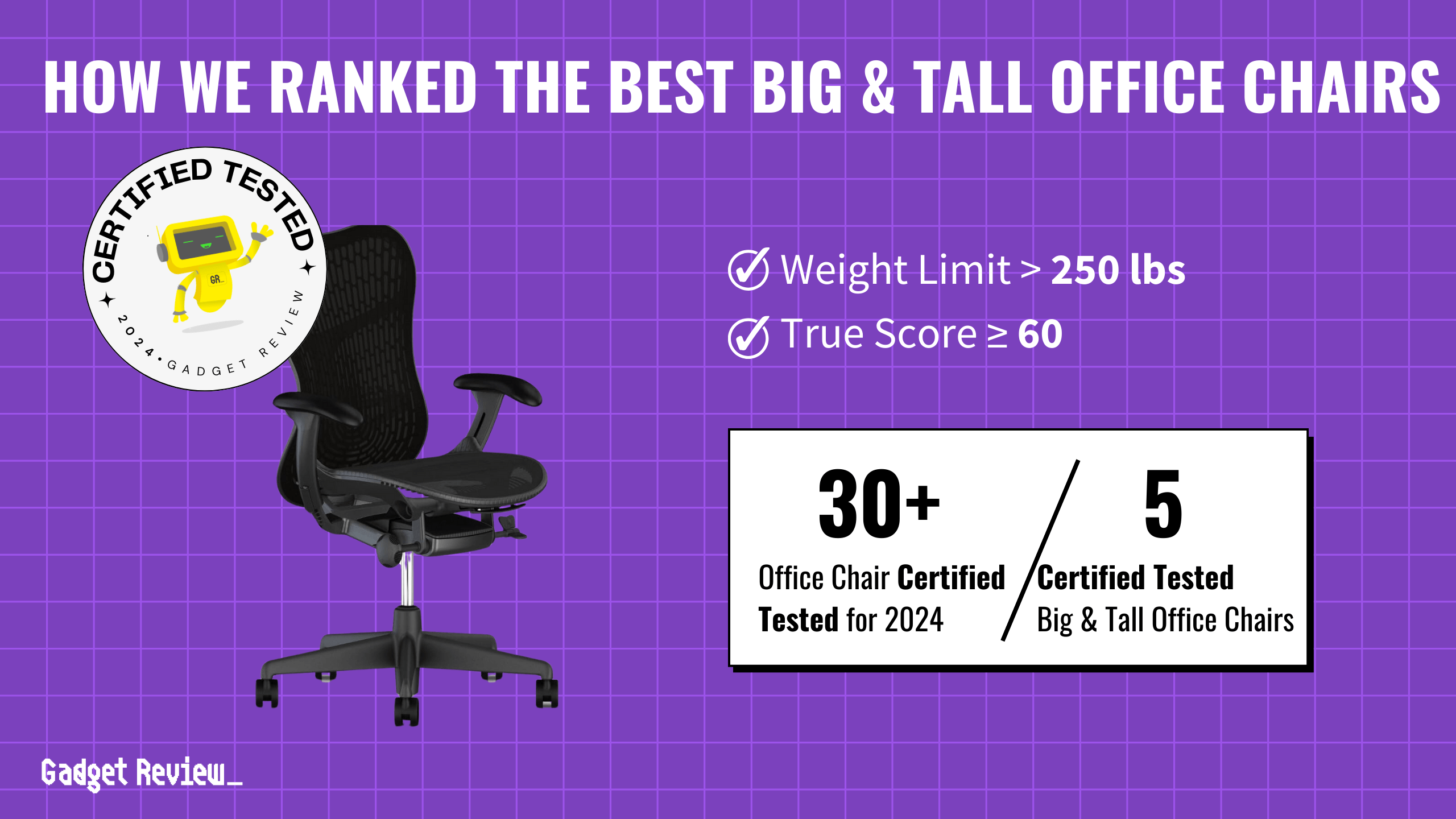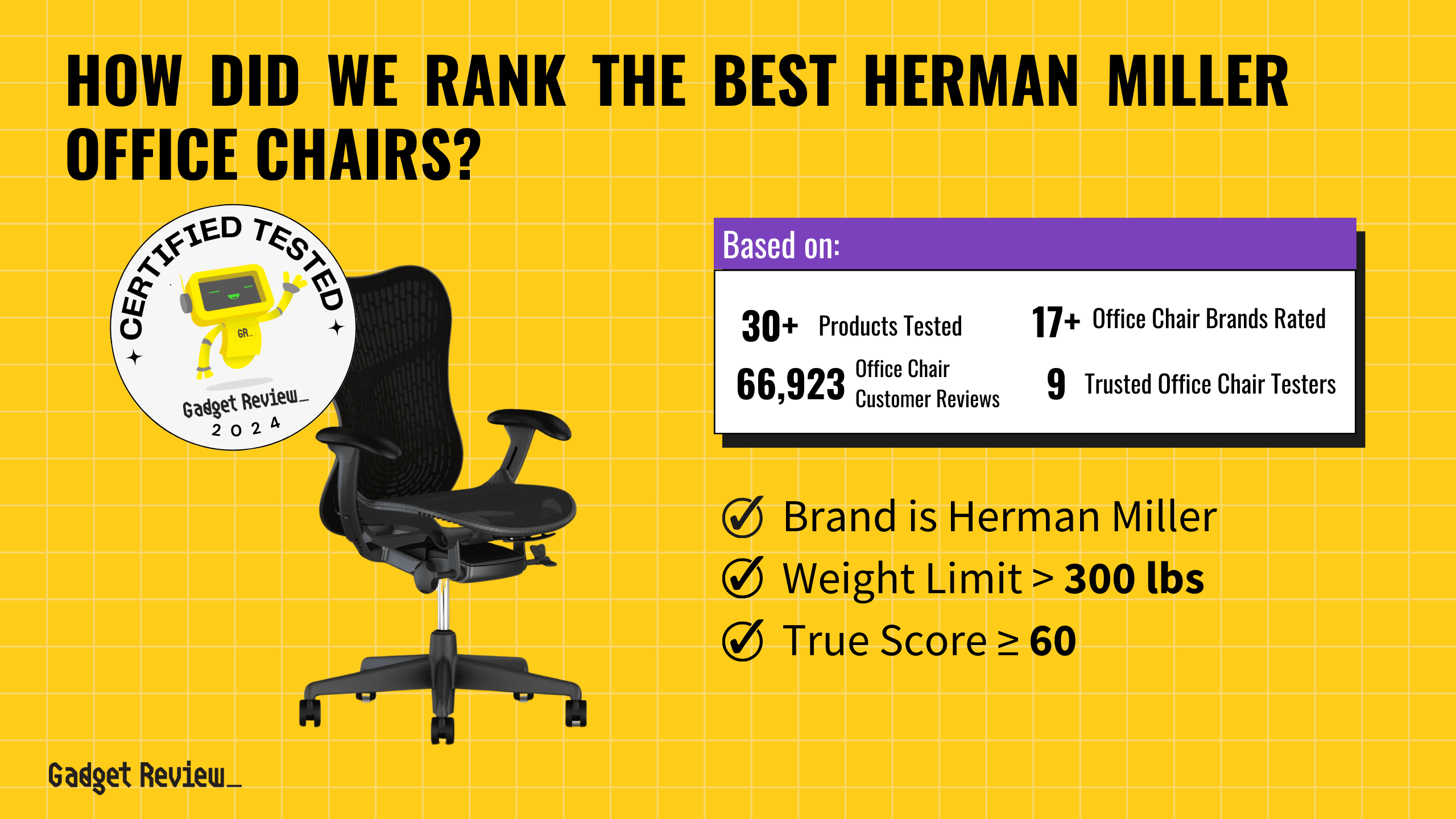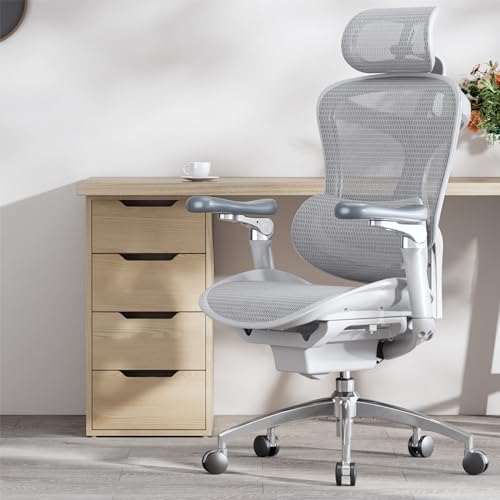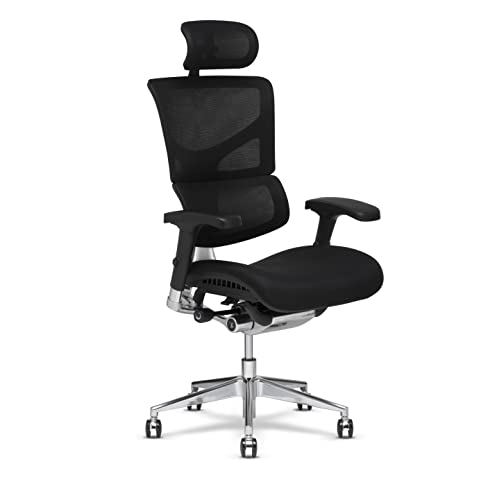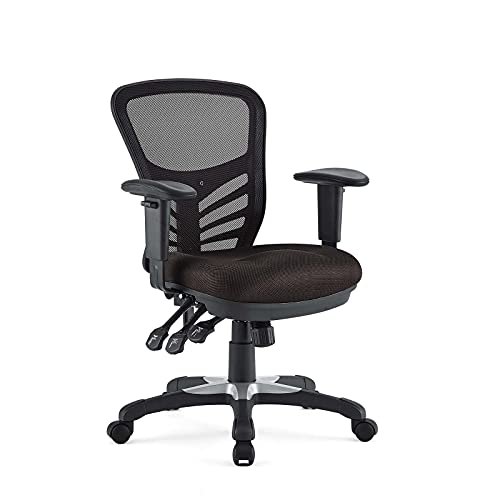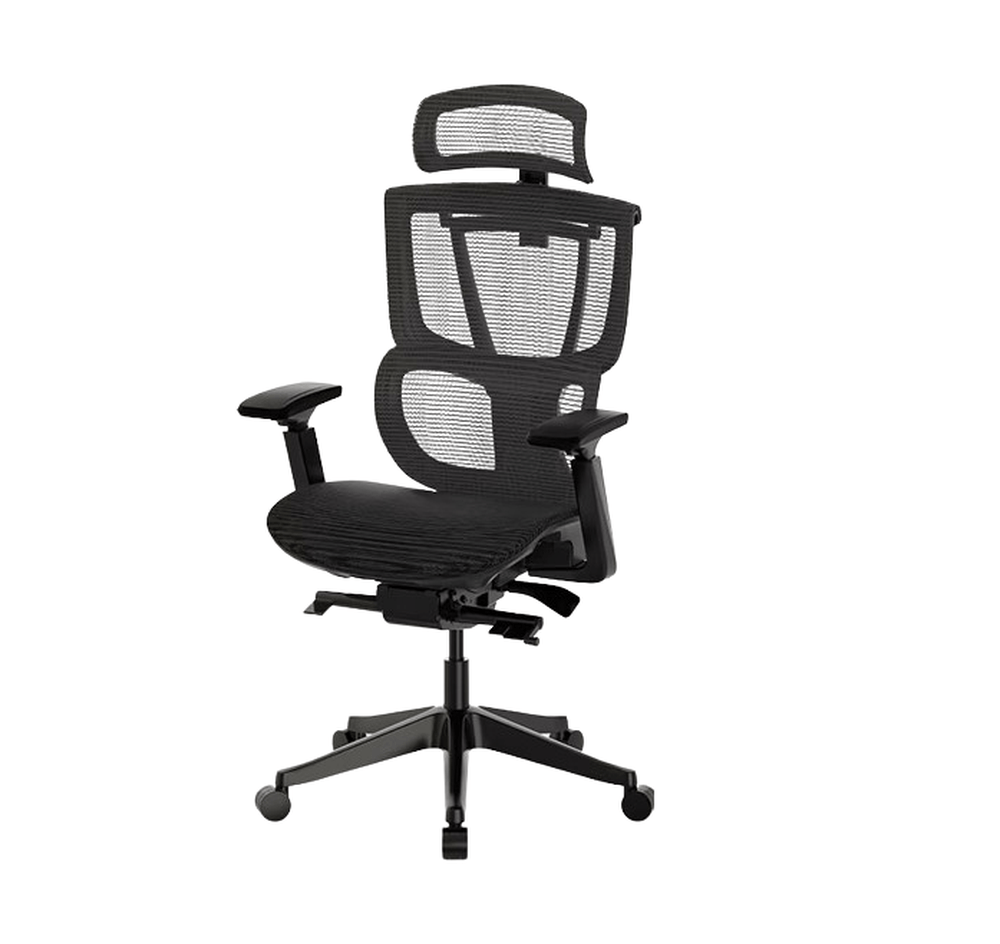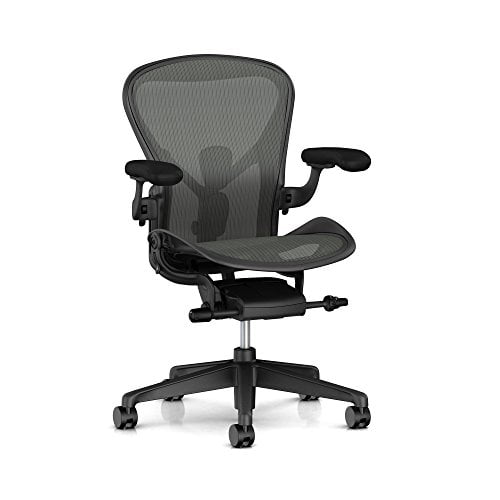If you’re shopping for the best office chair for scoliosis, prioritizing features like adjustable lumbar support and multiple adjustment points is crucial. Chairs with adjustable seat height, back angle, and tilt tension provide customizable support that can help alleviate spinal pressure. Memory foam cushions offer personalized comfort, while a slight recline can reduce lumbar strain. A stable five-point base and durable casters ensure smooth mobility, essential for those managing scoliosis-related discomfort.
Out of 68,136 office chairs analyzed, we certified over 30 reviews, finding that 91% of experts failed due to fake reviews. Our unique approach filters out these reviews using a combination of True Score and Trust Rating, ensuring only the best make it to our guide. Five office chairs excelled in testing, offering superior support and comfort for scoliosis. If you are seeking broader options, our guide for the best office chair models caters to various needs beyond scoliosis, ensuring you have ergonomic support and comfort.
How Did We Rank the Best Office Chairs for Scoliosis?
Our comprehensive guide to the best office chairs for scoliosis is based on analyzing over 200 websites, testing methodologies, and customer reviews. We identified 1 required must-have specification. This detailed approach ensures our recommendations provide the necessary support and comfort for scoliosis sufferers. Our thorough research guarantees you can make an informed decision.
Minimum Specifications
- Lumbar support must be adjustable or self-adjusting
Latest Updates
- 04/26/2024: Republished the list to include the best office chairs for scoliosis based on our True Score system.
Top Office Chairs for Scoliosis For 2025
Prices accurate at the time of publishing
To qualify for our selection, an office chair must have lumbar support that is either adjustable or self-adjusting. If a chair fails to meet these criteria, it won’t be featured in our guide.
Our Trusted Data Sources
We looked at 95+ office chairs reviewers and while 9 are trustworthy (60%+ Trust Rating), we only use data from the testers that are “very trusted” which means a Trust Rating above 70%. The three we have listed below are our most trusted for office chairs.
- Jenny McGraths – Business Insider, MuckRack, Twitter
- Benjamin Hickok – TechGearLab
- Ciprian Adrian Rusen – Digital Citizen, LinkedIn
Interested in a comprehensive analysis of our data sources? We’ve got you covered. Below, you’ll find a detailed list of every office chair review website we’ve identified, organized by their respective Trust Ratings from highest to lowest. But we didn’t stop there. We’ve meticulously reviewed each publication and verified the data by checking whether the authors have bio links to MuckRack or LinkedIn. We’re committed to not only checking the facts but ensuring their veracity.
Office Chair Spec Data
1. Weight Limit Spec Data
Weight Limit
> 300 lbs
Acceptable range of performance
Definition: How much weight the chair can support.
Units of Measurement: lbs (pounds)
Tools to Measure: Manufacturer provided specification
Why It’s Important:
Weight limits tell you the rough weight a person can be and still safely and comfortably use a chair.
Manufacturers commonly provide a weight limit specification that lets you know the weight the chair will support before parts start breaking or it becomes unsafe to sit in the chair.
Higher weight limits usually reflect a more expensive chair, as more material (or stronger material) is used to improve the weight limit of the chair. For example, different pistons, or chair legs that are made of metal instead of plastic.
Weight Limit (in pounds; higher is better)
2. Seat Width Spec Data
Seat width is a manufacturer-provided measurement that indicates how wide the actual seat of the chair is.
Width is largely preferential, with the best seat width being the one that best suits your body. Buying a chair with an extremely wide seat might be uncomfortable or odd if you have a narrow frame, while extremely narrow seats are uncomfortable or impossible to sit in if you’re wide.
Seat Width
Varies
Acceptable range of performance
Definition: The width of the seat.
Units of Measurement: ” (Inches)
Tools to Measure: Manufacturer provided specification.
Why It’s Important:
Seats need to be wide enough to be comfortable to sit in.
Seat Width (in inches)
3. Backrest Height Spec Data
Backrest height is a manufacturer-supplied specification, and, as the name implies, indicates how tall the backrest on a chair is.
Much like seat width, the backrest height on a chair should match your body, meaning there’s no “ideal” size. If you have a long torso, a taller back is better, but if you’re on the short side, a shorter back is better.
Backrest Height
Varies
Acceptable range of performance
Definition: The height of the chair’s backrest.
Units of Measurement: ” (Inches)
Tools to Measure: Measuring Tape
Why It’s Important:
Seat backs need to be high enough to support most or all of your back.
Max Seat Height (in inches)
Best Office Chairs for Scoliosis: Mistakes To Avoid
- Neglecting Proper Lumbar Support: Scoliosis often affects the curvature of the spine, so adequate lumbar support is crucial. Avoid chairs with insufficient or non-adjustable lumbar support, as this can exacerbate discomfort and strain on the spine. The best office chairs for back pain can provide additional support options tailored to reduce pressure and enhance comfort during long hours of sitting.
- Choosing a Chair with Poor Adjustability: Individuals with scoliosis may have specific ergonomic needs to alleviate discomfort. Avoid chairs with limited adjustability options for seat height, backrest angle, armrest height, and lumbar support, as these features are essential for customizing the chair to your body’s unique requirements. Additionally, it may help to understand how adjustable chairs work to enhance your ability to make the most of these ergonomic features.
- Overlooking Seat Depth and Width: Scoliosis can affect a person’s sitting and posture, so it’s essential to consider seat depth and width when selecting a chair. Avoid chairs with too deep or narrow seats, as this can cause additional pressure on the spine and hips. To ensure proper fit, familiarize yourself with different desk chair sizes, which can help accommodate various body types and enhance comfort by aligning the chair’s proportions with your specific physical needs.
- Ignoring Material Quality: High-quality materials are essential for durability and comfort, especially for individuals with scoliosis who may spend extended periods sitting. Avoid chairs with cheap or uncomfortable upholstery and inadequate padding that can exacerbate discomfort. When choosing materials, consider their differences, such as leather vs mesh chairs. Leather chairs often provide a classic look and durable finish, while mesh chairs offer better breathability, which can be crucial for long sitting sessions, reducing heat buildup and increasing comfort.
The Best Office Chairs for Scoliosis Tests & Specs Compared
Product |
True Score
|
Maximum Recline (Degrees)
|
Minimum Seat Height (inches)
|
Maximum Seat Height (inches)
|
Backrest Height
|
Seat Depth
|
Seat Width |
Lumbar Suppot
|
Adjustable Armrests
| |
|---|---|---|---|---|---|---|---|---|---|---|
| 92 |
|
|
|
|
|
|
|
| $629.00 $1,026 $397 |
| 88 |
|
|
|
|
|
|
|
| $477.00 |
82 |
|
|
|
|
| $89.95 | ||||
82 |
|
|
|
|
|
|
|
| $802.88 | |
| 80 |
|
|
|
|
|
|
|
| $1,199.90 $1,695 $495 |


